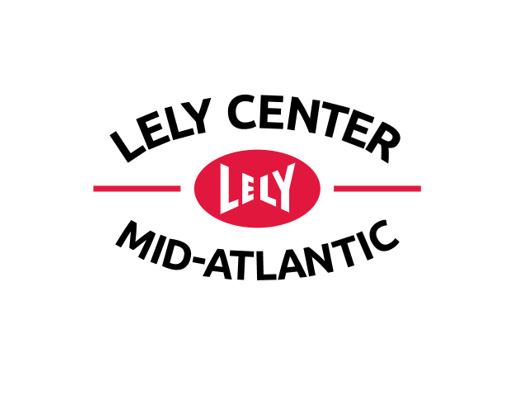
Last month I had the privilege of attending the Precision Dairy Farming Conference with my co-worker, Amos Fisher, in Rochester, Minnesota. With over 20 countries in attendance, the meeting covered the most relevant research in today’s precision dairy technology from across the world, as well as speculations of what the future of our industry may look like in terms of automation and technology. I recognize that I am extremely lucky to be exposed to this information and given the opportunity to attend these events. For that reason, I wanted to use this platform to help bring the information back to the grassroots of our industry – and that’s you, the farmer. I believe it’s important for the industry to be thinking about the future, and even more important, for farmers to be thinking about it. You need to use your voice to share your wants and needs in order to improve your operation. It is equally important that we all keep our eyes to the possibilities of the future so that we remain excited and engaged in our industry.
The conference was kicked off by Aidan Connolly, President of AgriTech Capital, with his presentation, “The New Digital World of Dairy Farming- Bridging the Data Gap”. Aidan started by acknowledging the technology currently in the industry by recognizing various sensors (for rumination, SARA, mastitis, eating time, etc.) as well as robotic technology (for milking, barn cleaning, feed pushing, etc.). He outlined how the industry has improved upon these technologies by incorporating Artificial Intelligence (AI) software which provides “producers early, proactive solutions to potentially concerning problems.” For our Lely users, AI has impacted us by helping us to make sense of all the 125 data points we get every time a cow goes through the robot. Think of the Health Report, which uses an algorithm to put all the sensors together and more easily identify potentially sick cows.
The possibilities of future technology were also brought up. Aidan shared how drones could assist in scouting fields and viewing grazing herds. He talked of farmers using 3D printing machines to print machinery parts, how block chain technology will likely affect the dairy industry, and how augmented reality could give us even faster access to information.
Many presenters, including dairy producers, spoke at the conference. I could go on for much longer trying to recap everything that was presented. As thrilling as the conjecture of future technology in the industry is, one question seemed to continually arise: How will these technologies combine to work together in one simple user interface? Is that possible? In my opinion, I hope that is where the future leads. I hope farmers can use one app that will allow them to analyze all of their data in one place. I think the future will involve being able to check soil sensors in the field, get alerts to the best planting time based on soil conditions and predicted weather for the day, check which cows are in heat by interfacing with their sensor technology, see which cows may be coming down with a health attention in the next week, analyze the ration precision, and more. If we can’t find a way to incorporate all of this data together to make it simple and easily understood, not to mention financially feasible, it will not be utilized by dairy producers.
As you can see, we still have a lot of progress to make! I don’t believe the day will come where we lose our need for good cow people and smart managers. However, as Aidan also concluded, these technologies “will allow farmers to bridge the data gap and improve dairy production through digitization, and the winners will be those who embrace this disrupted digital dairy landscape.”
